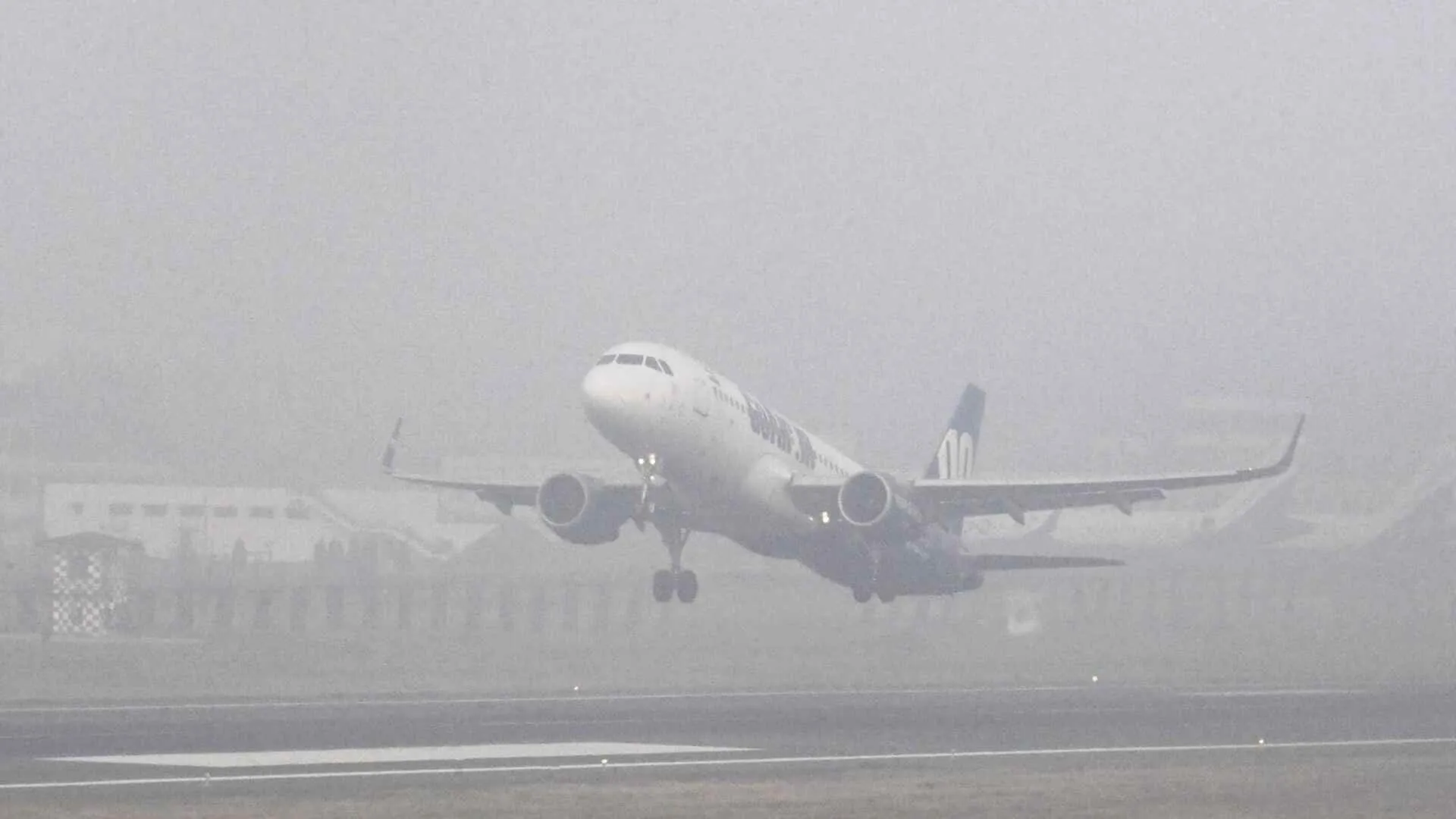In healthcare, there is no equivalency between a doctor and someone who isn’t one, as patient safety requires doctors to step in when a complex problem or uncertainty arises over the given treatment. But considering the current shortage of doctors (and nurses and paramedics and assistants and so on) amid a pandemic that is intruding into the hinterland, optimum usage of doctors and medical staff is the immediate prudent thing that can be done to try salvaging the situation. Setting up centres that somewhat look like primary health care centres is now a must in every unit of a district to triage the cases and provide preliminary care.
The everlasting shortage of healthcare professionals has had fatal consequences for Covid-19 patients, who are now dying gasping for air despite the presence of brand new ventilators lying in district hospitals, as there aren’t trained staff to operate the machines.
Primary care needs to be moving forth and towards small teams of healthcare workers with one supervising physician or even without one where there’s none. There are lots of things that require high skill and knowledge that only doctors can do, and there’re other things that nurses can manage and there’re still others that social workers /health coaches are adept at.
The pandemic demands acceleration of this restructuring of primary care, which has been gathering steam in recent decades. The higher prevalence of poorly controlled comorbidities in a population make the ageing population, and even the young more vulnerable to the effects of Covid-19 and most of such conditions can be controlled with a few blood tests, physical examinations, and medication adjustments.
The current situation demands quick identification of areas in clinical care that health workers with varied qualifications and experience would be able to perform with hands-on training what otherwise doctors do; we can’t create enough doctors in a span of a couple of weeks, months or even years. Nurse practitioners (and physician assistants) who graduate after four to six yrs of education, can be permitted to do or trained/ guided to triage the sick patients as Covid/ non-Covid cases, or as mild, moderate or severely sick Covid cases. They can give initial care/advice, inform authorities of the need for oxygen or doctor consultation or transport to hospitals. This will save a lot of time of the golden hour of treatment for the patient as well as reducing a lot of confusion and crowd in hospitals.
Hospitals in much of America are triaging Covid-19 patients because of a shortage of professionals, especially doctors trained in emergency care and anesthesiology. Another way to make available a good number of doctors for Covid care is by training doctors of other specialities (like dermatology, ophthalmology, plastic surgery, general surgeons, laparoscopic surgeons etc.) in critical care of the respiratory system in Covid patients who would be able to acquire the expertise in a small period.
Final year UG and PG students who are yet to complete degrees and acquire experience should be left untouched in their academic pursuits to acquire their skills. It is likely to be detrimental for future generations if the current doctors-in-the-making are disturbed. Authorities can on the other hand help organise examinations at the right time so that the batches trapped in the pandemic can complete the degrees in the stipulated time without delay.
Another solution model that I believe is worth considering is developing a telemedicine web model that is closely linked to the primary care centres under a public health system. Such telemedicine units can be manned by nurse practitioner’s/ physician assistants with or without a supervising doctor present physically. The telemedicine room can be installed in the pharmacy/ chemist stores in villages /small towns equipped with the right Telemedicine kits (like digital stethoscope, thermometer, BP machines, oximeter, glucometer, audiometer etc.) in addition to a good quality video screen and audio system under good internet connectivity. Telemedicine is mostly ideal for follow-up patients or management of chronically ill patient that a doctor on the screen has already once seen/examined physically. But from our current experiences we’ve seen that Telemedicine consultations/ supervisions work as good in emergency care also where a specialist doctor can guide and direct the nurse practitioner or even a general practitioner/medical officer; and it also works in first-time consultations and even management of a critical care unit in a smaller centre from a higher distant centre.
For first time consultations, besides the working doctors, it’s possible to hire from the pool of retired doctors with their wealth of experience, or even the newly licensed doctors after some training in Covid care. The fresh doctors can even avail support from technology-enabled clinical support systems that are now available in the healthcare digital sphere.
Covid-19 has accelerated retirements of ageing doctors as many such physicians who are at higher risk of dying from Covid have reduced or stopped seeing patients; we see that most of the aged doctors tend to practice with a reduced practice load which now is further cut down in size so much so that these are literally erased off the scene.
As we know that the PPP (Public-Private Partnership) model has worked in all other industries/sectors in our country, the authorities should implement Telemedicine solutions through a viable PPP model reaching out to nooks and corners of the country enabling the right network connectivity, availability of medicines and patient transfer facilities whenever need be,
Other smaller wellness models may also work around the telehealth units where a patient can himself or with aid from a trained health worker, can upload data from his home blood pressure monitor, oximeter, glucometer and electronic scale, and he/she gets a visit/call from the local health coach/health worker to talk about his health data and required changes to lifestyle etc., or/and, get scheduled for a teleconsultation with a medical officer or a specialist when necessary. To help with mental health issues, one can schedule a virtual visit with a mental health worker or even a psychiatrist located in a nearby city/ hospital.
It’s common knowledge that in India health has been a completely neglected area in the public sector and the poor health infrastructure and incentives for professional/ financial growth under a pitiable GDP to the health sector is the bottleneck of our health system. I have known doctor couples joining government services and leaving the same for issues like lack of toilet facility, insecurity and disgraceful behaviour from raging attendants. These affect the female doctor more than the male doctor. Every year girls outnumber boys in securing medical seats and graduating from college, but this is only to disappear from the world of medicine or practice in a few years of practicing.
In India, girls have been constituting more than 55% of the students joining medical colleges for years together (as per NEET UG 2020, women cornered 427943 seats compared to 343556 men). However, there is a serious shortage of female doctors in India. According to a paper (Prof Mohan Rao, 2011) titled Human Resources for Health in India, published in The Lancet (Placeholder1), only 17% of all allopathic doctors and 6% of those in rural areas are women. This is less than one female allopathic doctor per 10,000 populations in rural areas (0.5), whereas the ratio is 6.5 in urban areas. According to a paper on women in medicine (Bhadra M., 2011) published in the journal Indian Anthropologist, the gender gap increases at the post-graduation and doctoral levels–the percentage of female doctors here is around one-third of male doctors.
Another paper on women in medicine by the psychiatry department AIIMS (Mamta Sood) in the Indian journal of gender studies, noted that medicine has been a male-dominated profession considering long demanding hours of service and inflexible work hours, and this is in addition to disproportionate wages against the demands of the services, make female doctors with young families decide against practising creating a dent in our health system. It’s time, government find out the missing lady doctors that will uncover a huge pool of qualified medical graduates ready to be trained for Covid care and critical care services in a short period.
The writer is a medical doctor (pathologist) and holds an MA in Creative Writing from the University of London. The views expressed are personal.









